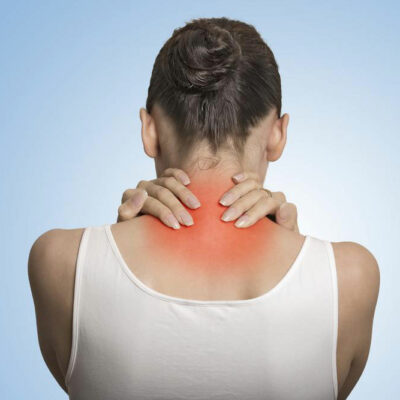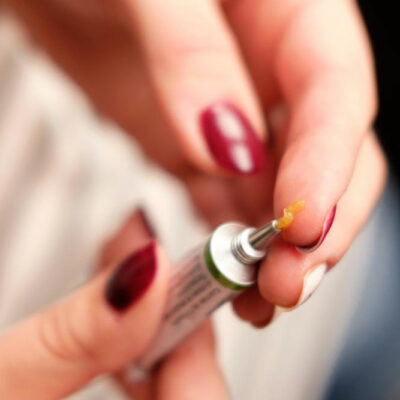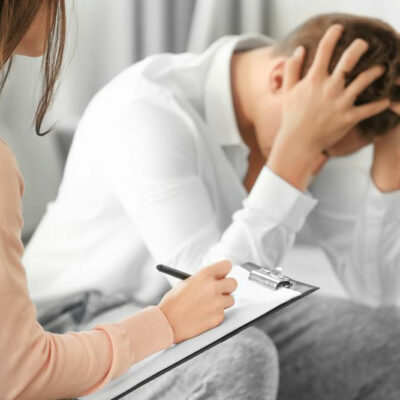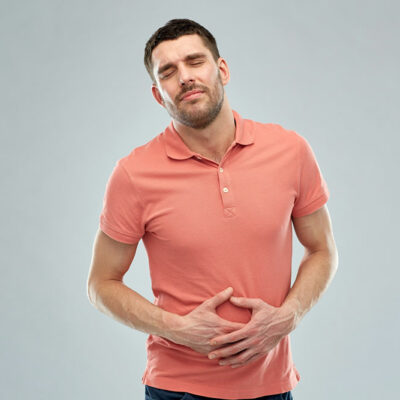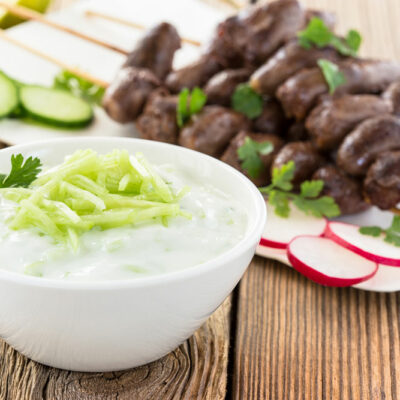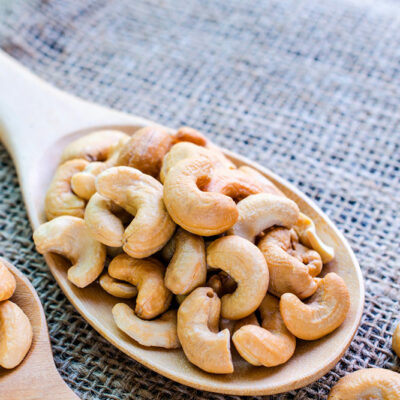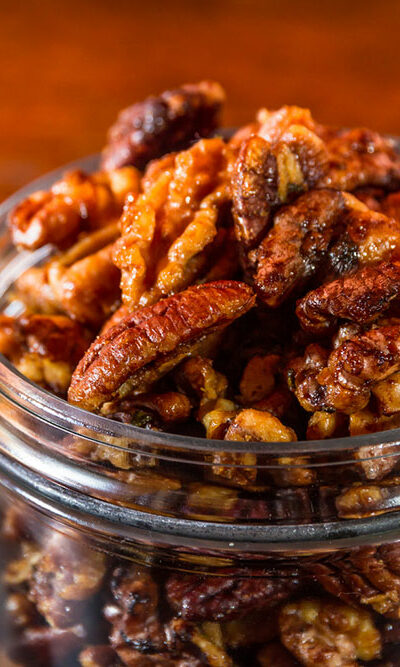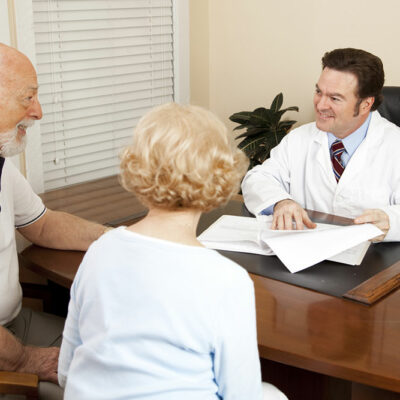
Treatments
Top Treatment Options for Pityriasis Rosea
Home Remedies and Medical Treatments to Cure Pityriasis Rosea There are several infectious diseases that make us their host on account of our negligence. One such disease is pityriasis rosea, which is a viral health condition that leads to the occurrence of rashes on the body. It is usually faced by individuals falling in the age group of 10-35 years. Most of the times, the rashes disappear on their own in 6 to 9 weeks. However, the root cause of this medical problem is not known. The maximum time that a person can suffer from pityriasis rosea is 12 weeks. Sometimes, it can be followed by a flu-like situation as well. Once a person suffers from the disease, there are high chances that they would not fall prey to the same condition again in the future. People who are looking for pityriasis rosea treatment for themselves or others should first consider relying on home remedies. The following home-based treatments for pityriasis rosea can be of great relief: Aloe Vera The antimicrobial properties of aloe vera can be significant to deal with the germs present on the body, which ultimately leads to faster cure of the disease. For better and faster results, apply aloe vera three times a day on the affected area.
Read More 